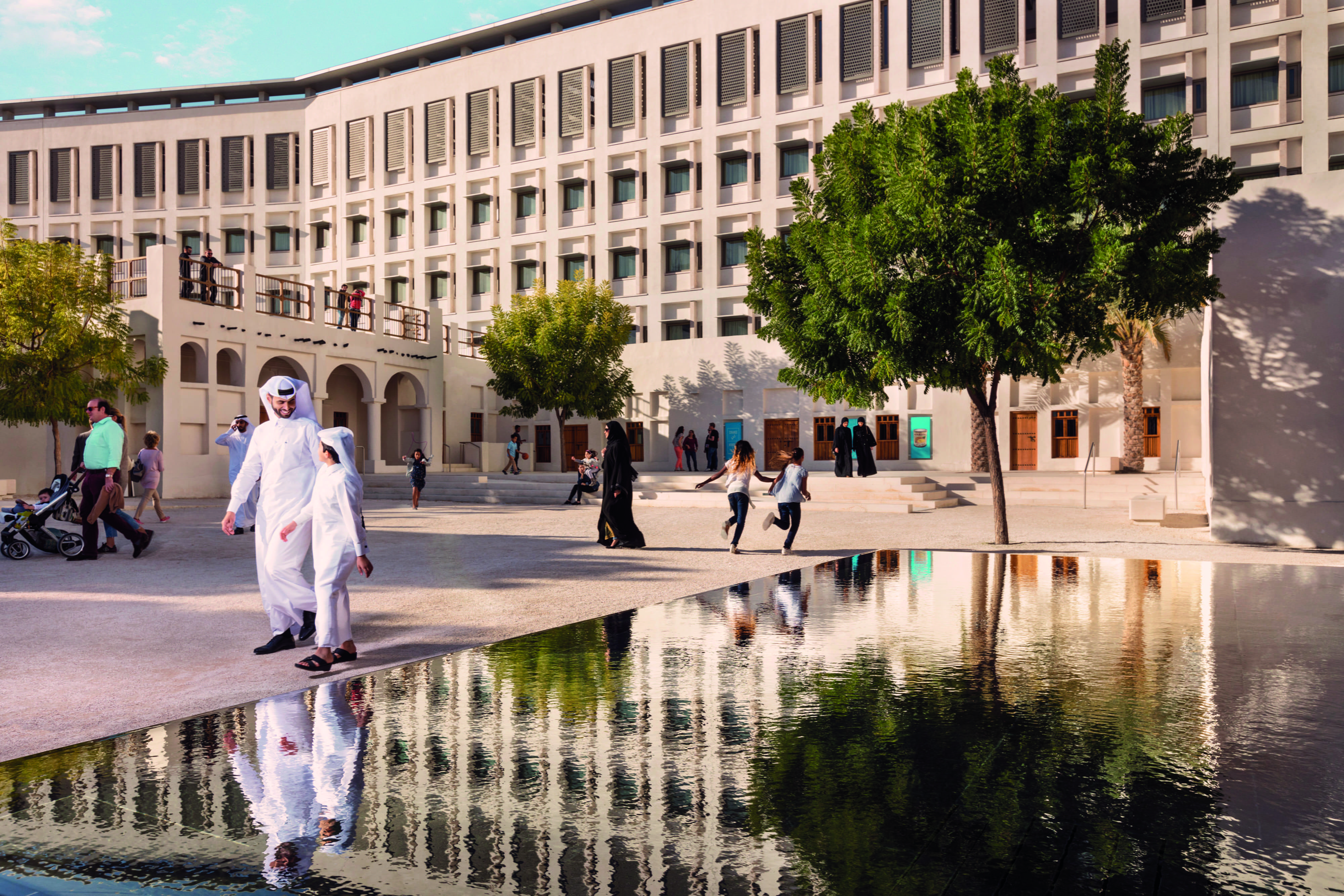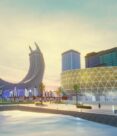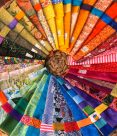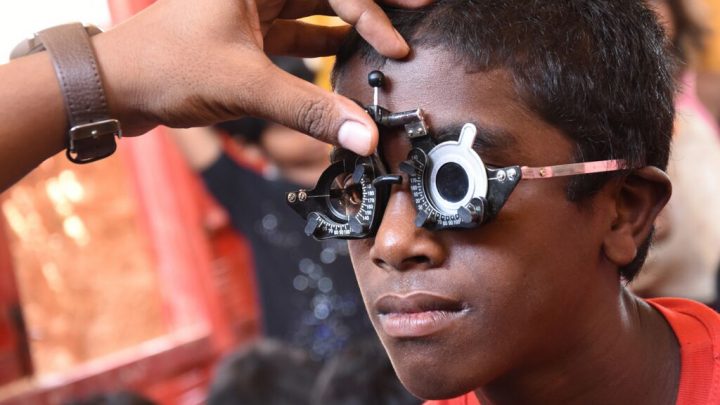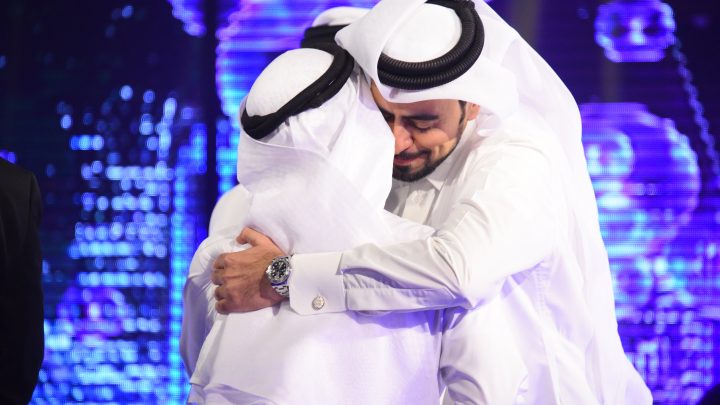December 2018
Ali Al Kuwari
Ali Al Kuwari explains how Doha’s newest district will connect communities through sustainable and smart technology.
Qatar is a nation built on age-old traditions. Nowhere is this more apparent than in Doha’s latest development, Msheireb Downtown Doha.
It brings together the best of the past with modern innovative technologies and thinking, marking the reemergence of Qatari heritage in the heart of the city.
Ali Al Kuwari, Acting Chief Executive Officer at Msheireb Properties, explains the genesis of the project, located in the oldest part of the capital.
‘Msheireb Downtown Doha was born of a desire by the nation’s leadership to redefine the course of the city’s development and return to the cultural roots upon which Doha was founded,’ he says.
‘Msheireb is the world’s first sustainable downtown regeneration project, reviving the old commercial district with a new architectural language which is modern yet inspired by traditional Qatari heritage and architecture.’
What does this mean in practice? Al Kuwari says: ‘Msheireb Properties spent three years researching Qatari architecture and urban planning all over the world with the most respected experts in the industry, in order to realise an architectural language rooted in the best of the past that may be preserved for and by future generations.
‘The Qatari tradition is reflected by the design of buildings, materials used, lay-out and preserving the names of streets. And the Heritage Quarter will revive Doha’s historic district.’
The project brings alive the culture and traditions of Doha prior to the country’s rapid economic development. With the relocation of the Qatar Financial Centre, it will be the new financial hub and downtown, embracing business and community in equal measure.
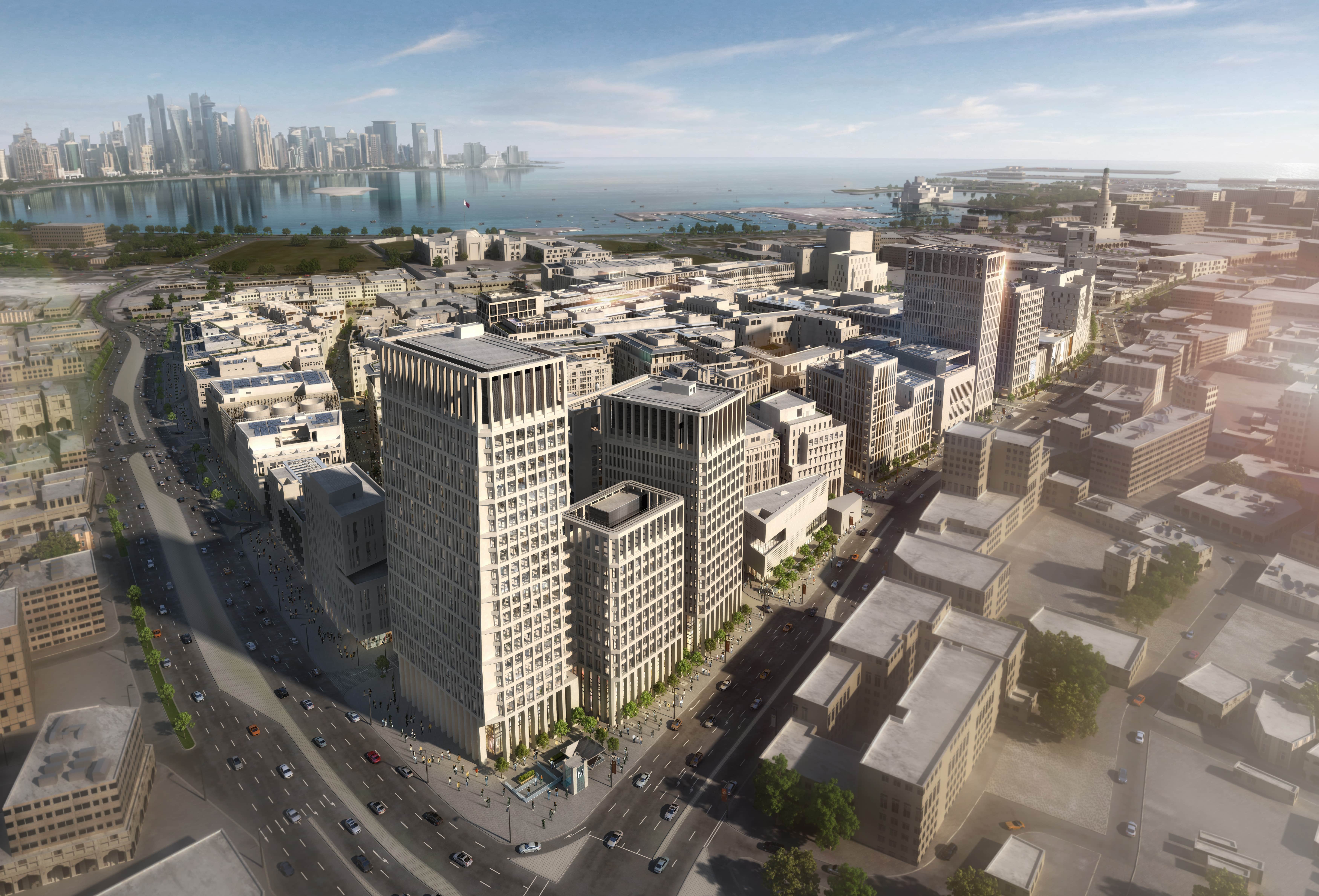
The area will have integrated smart technologies, superfast connectivity, and state-of-the-art health and safety and environmental controls.
Transport links are key, including Doha’s metro. Business travelers are also catered for with options that include the Al Wadi Hotel MGallery Doha, Park Hyatt and the Mandarin Oriental Hotel.
The new area is located in the heart of Doha, 20 minutes from the airport, and 15 minutes from the city centre, next to Souq Waqif and the Corniche.
The development has been carefully planned to be low-impact environmentally. Al Kuwari says: ‘It is the first sustainable regeneration project of a downtown in the world, and all our buildings are characterised by their water and energy efficiency, leading us to be a very green and sustainable project. Once all of our buildings become operational, we expect that Msheireb Downtown Doha will be the most sustainable city district in the world.’
‘That isn’t our only world-first. Not only is it the first smart city in Qatar, our research has confirmed that it is one of the smartest city districts in the world, integrating advanced systems from the beginning. Elegant town houses and apartments with cutting-edge technology will make residents’ lives very easy.’
Al Kuwari says: ‘The Heritage Quarter is a historic area where traditional courtyard houses and the Msheireb Prayer Ground dating from the first decade of the last century have been restored, alongside a LEED Gold certified mosque.
‘The Heritage Houses, commonly known as the Bin Jelmood House, the Company House, the Mohammed bin Jassim House and the Radwani House have transformed the Heritage Quarter and created an important cultural destination within the development.’
He adds: ‘The four courtyard houses have been converted into culturally significant museums and exhibition buildings. Rooted in local history, these courtyards and spaces showcase important aspects of Qatar’s history and memories of old Doha.
‘Msheireb Museums aim to enliven local history in order to better understand Qatari identity and fully realise Qatar’s aspiration for greatness. They celebrate the history of four century-old heritage houses in Doha’s oldest district which have been transformed into museums.’
Even the name ‘Msheireb’ has significance, referring to an old well in the area where people used to come and drink water.
Al Kuwari says: ‘That’s why the area was called by that name, and it maintained the name until today. We are still using the name Msheireb to preserve our history and heritage, and to revive the old days when this area was the center of trade and business in Qatar. It is now a trademark that everyone knows. It is part of our heritage and history which we want to maintain for future generations.’
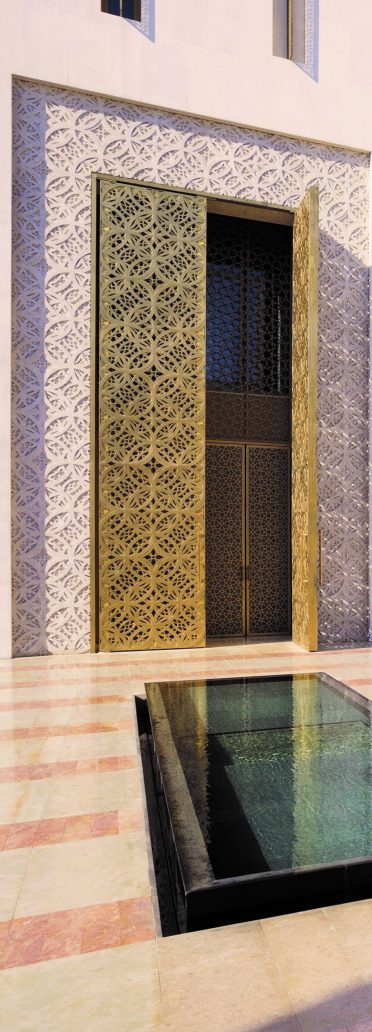
Putting the Tech in Architecture
Qatar National Convention Centre
The Centre was built according to the US Green Building Council’s Leadership in Energy and Environment Design (LEED) Gold standard.
QNCC is designed to be 32% more efficient than a comparable convention centre, and is fitted with over 3,500m² of solar panels, providing 12.5% of the Centre’s energy needs.
Lusail Smart City
Water-sensitive landscape plan featuring plants native to Qatar and minimising lawn area.
Walls functioning as an artificial reef and providing habitat for various flora and fauna.
“Smart” city design, with an intelligent traffic system, smart street lighting, and smart waste and water management.
RasGas Tower
This tower was also built according to the US Green Building Council’s Leadership in Energy and Environment Design (LEED) Gold standard.
It was the first building in Qatar to receive this prestigious
certification.

